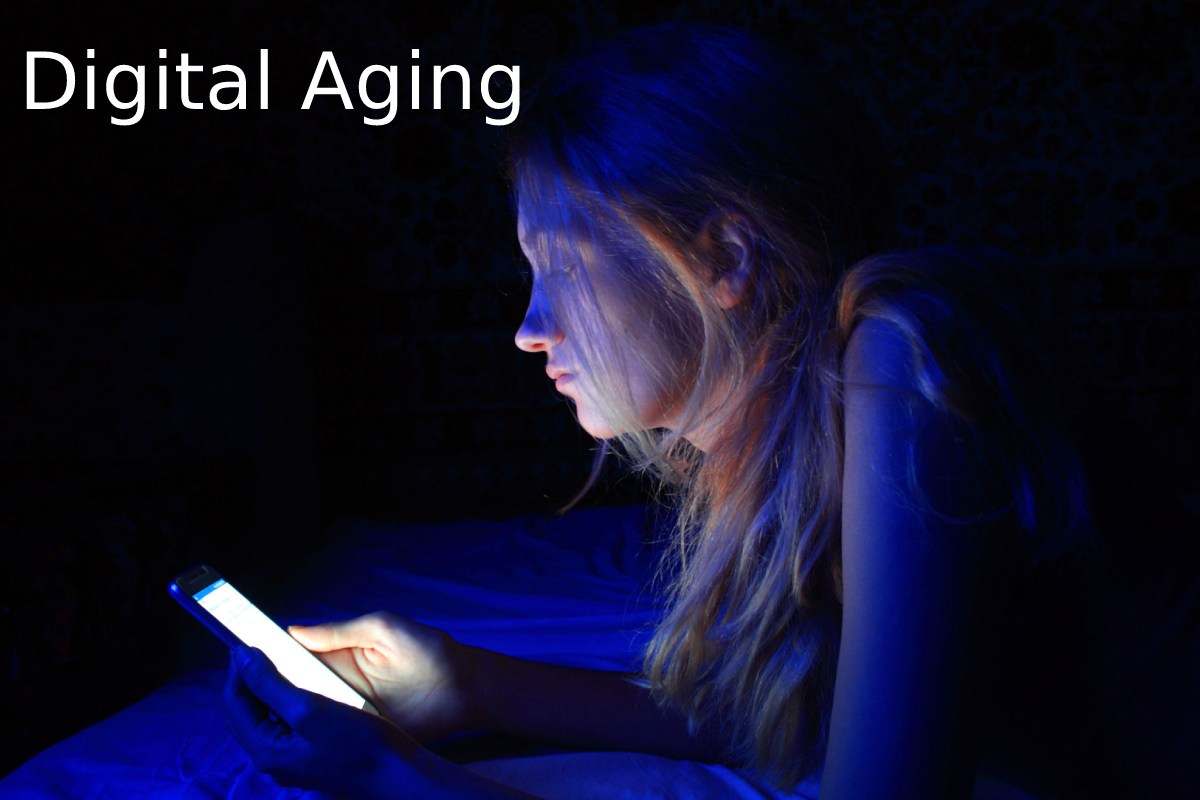Digital Aging – It is no secret that UV-A and UV-B rays contribute significantly to skin aging. Applying sun protection is now a matter of course for many and is part of the daily care routine. Does the relevance of a sun protection factor to protect against the blue light of laptops, smartphones, and tablets now follow?
Table of Contents
The Wavelengths Of UV Radiation And Their Effects On The Skin
UV-A radiation – A for aging or aging: It has wavelengths of 400 – 315 nanometers (nm), is constant throughout the year and the day, and penetrates the dermis. It is one of the main factors in premature skin aging, so it causes local inflammation in the skin. In addition, it leads to the creation of collagen-degrading processes in the dermis. Wrinkles, light-induced skin changes, and loss of elasticity are the results.
UV-B radiation – B is like burning or sunburn: It has wavelengths between 315 – 280 nm, and the radiation fluctuates within the day or year. Although it has more energy than UV-A rays, it only penetrates the basal cell layer of the epidermis. Therefore, UV-B rays are responsible for the thickening of the callus, which protects the skin from the sun’s rays.
Blue Light And Its Effects – Digital Aging
The so-called HEV (High Energy Visible Light) is part of visible light and thus makes up about 50 percent of the sunlight spectrum. Although it does not have the power to cause sunburn, it has less energy than UV radiation. However, similar to UV-A radiation, it leads to premature aging processes in the skin and penetrates deeper into the skin than just the dermis. The wavelengths are between 400 – 440 nm.
These cause the so-called oxidative stress to develop in the skin, which in turn can contribute to changes in the skin, such as the breakdown of collagen and elastin fibers. It is how wrinkles, sagging parts of the face, and pigment disorders develop – so digital aging does exist, even if it only represents a small part of the skin aging process.
Infographic – How Far The Different UV Rays Penetrate The Skin Layers
The shorter the UV radiation, the less deeply it penetrates the skin. Long-wave UV radiation thus penetrates the deeper layers of the skin.
The Antagonist – Antioxidants
Antioxidants are proteins, peptides, or low molecular weight compounds that protect skin cells. The protection applies not only to blue light but also to environmental influences (UV radiation, fine dust, etc.) and infrared radiation. Antioxidants include vitamins A, E, and C and zinc, selenium, or phytosterols.
We recommend applying hydrating cream SPF 50 to protect against forming free radicals and oxidative stress. It contains both a UV-A and UV-B filter, thus protecting against sun-related skin changes and strengthening the skin barrier. The included vitamin E and tocopherol serve as free radical scavengers. In addition, hyaluronic acid stores the moisture in the skin and cushions it.
If your skin is dehydrated and needs significantly more moisture, we recommend applying revitalizing cream. Intensive care is ideal as night care. It contains hyaluronic acid and a vitamin complex, so water is stored in the skin.
For mature skin, it is better to apply fruit complex plus C in the evening. The intense fruit acid cream refines fine lines and mature skin. On the other hand, the 8 percent glycolic acid improves the skin structure. In addition, the plus C, i.e., vitamin C, stimulates collagen production, and the phytosterols serve as skin cell protectors.
Conclusion
Digital Aging – The blue lights are affecting people more often than not. However, it has adverse effects because of the continuous use of mobile and digital platforms. In addition to UV-A and UV-B rays, wavelengths beyond the UV spectrum cause aging processes in the skin – meaning visible light.

